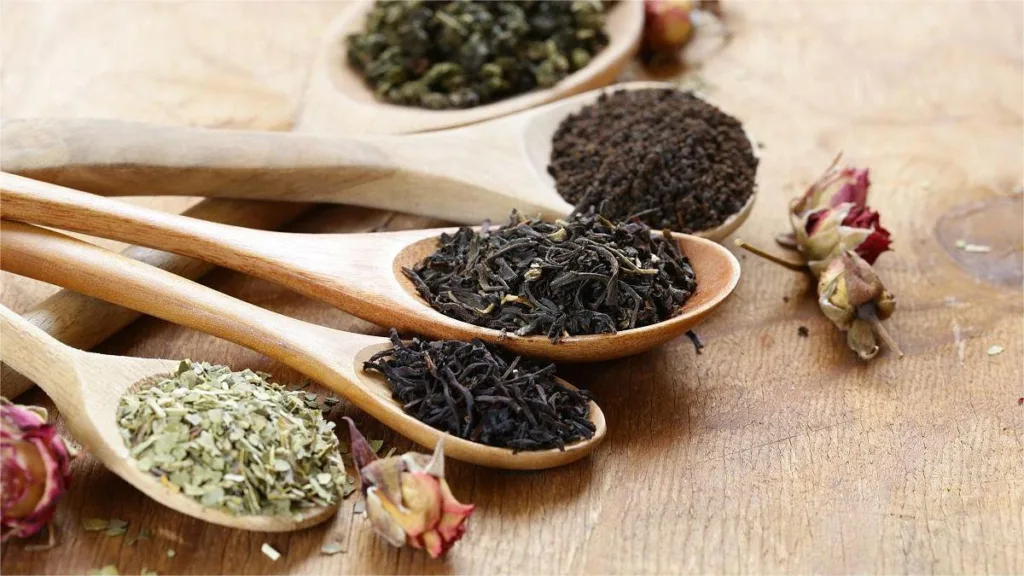Many people encounter spherical-shaped Chinese tea leaves and find themselves puzzled by this curious form. Why are some tea leaves shaped into balls? The answer lies in a combination of historical practices, craftsmanship, aesthetics, and practical considerations.
In the market, tea leaves come in various forms, including loose leaves, pressed cakes, and even spherical shapes. The choice of shaping tea into balls serves multiple purposes, primarily rooted in historical traditions and practical considerations.
Origin of Tea Balls:
Tea balls, also known as flower balls or flower rolls, originated in Chinese tea culture. Initially, artisans used white cotton thread to weave orange peels into a spherical shape. Taking advantage of the natural expansion properties of tea leaves, this ball was placed in hot water and rotated, allowing the thread coil to tightly wrap around the tea leaves. This aesthetically pleasing and practical tea brewing method was referred to as a flower ball or flower roll.
As people discovered the convenience and benefits of using tea balls for brewing, their popularity grew, leading to widespread adoption.
Structure of Tea Balls:
Tea balls typically consist of two main components: a spherical mesh and a thin cord.
- Mesh: The mesh is usually made of stainless steel wire or food-grade plastic fibers. Shaped like a tennis ball, it features various patterns, and different balls vary in size and shape to suit different brewing scenarios.
- Cord: The cord is woven from fibers like cotton or hemp, serving to bind the mesh together. It also facilitates the user in retrieving the tea ball from the hot water.
Advantages of Tea Balls:
- Convenience: Tea balls are compact, easy to carry, and do not take up much space. Their size and shape make them convenient for both storage and transportation.
- Cleanliness: Tea balls prevent tea leaves from scattering, reducing the frequency of cup cleaning. This containment feature ensures a neater brewing process.
- Tea Conservation: By allowing tea leaves to fully expand, tea balls contribute to a more pronounced flavor and help prevent wastage.
- Aesthetic Appeal: The diverse patterns on tea balls enhance the visual appeal of the tea-brewing process. This aesthetic element can also make tea balls an attractive choice for gifts.
Using Tea Balls:
- Placing Tea Leaves: Place the desired amount of tea leaves inside the tea ball. Typically, the capacity of a tea ball is suitable for two servings.
- Brewing: Insert the tea ball into the cup and pour boiling water over it.
- Expansion: The tea ball gradually unfolds as the tea leaves diffuse, resulting in a richer flavor.
- Retrieval: After brewing, use a small spoon or tea leaf hook to lift the tea ball out of the cup. There’s no need to be overly cautious; lifting the tea ball and allowing it to drain is usually sufficient.
- Considerations: When using tea balls, be mindful of the quantity of tea leaves. Adjusting the amount will influence the strength of the tea and impact the lifespan of the tea ball.
In summary, the use of spherical-shaped tea leaves has historical roots in practicality, craftsmanship, and aesthetics. From its origins in the intricacies of Chinese tea ceremonies to contemporary adaptations, the tea ball has become a unique and convenient method for brewing and enjoying tea. Whether for personal use or as a visually appealing gift, tea balls add a touch of elegance to the art of tea-drinking.



